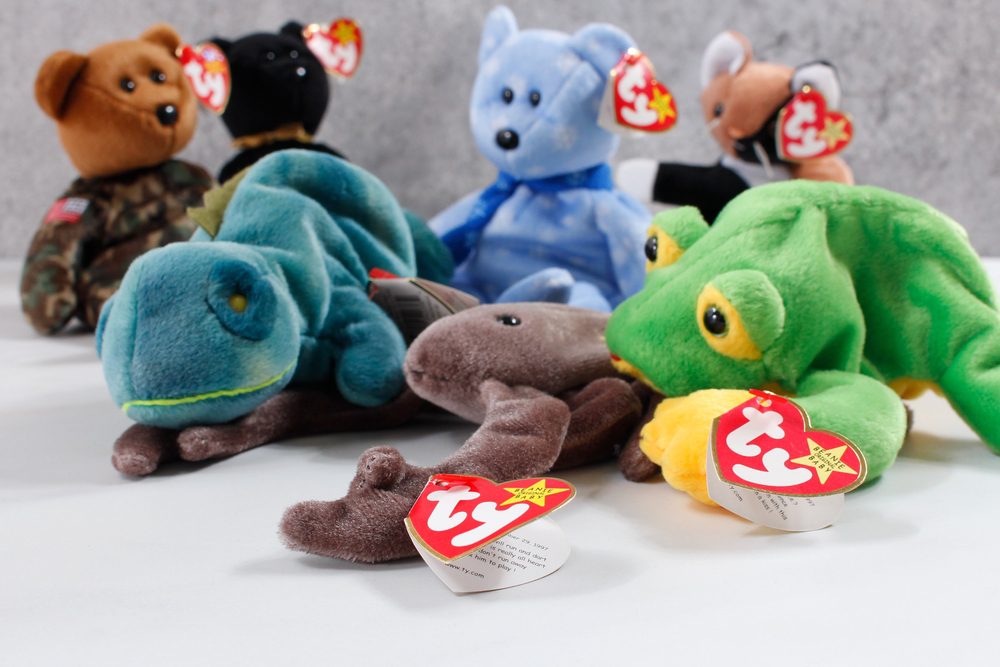Bored Ape NFTs Destined to Become Digital Age’s Beanie Babies

The Bored Ape NFT, the Cyberpunks and others may become 21st-century Beanie Babies.
That is unless they pivot their business models to capture real, diverse and recurring revenue streams.
But to get there, the question remains: What is a non-fungible token good for, anyway?
To that end, and as recounted by Financial Times, a number of digital token issuers are trying to straddle the digital and physical realms, where art, music, videos, toys and more are based on NFTs and vice versa.
This omnichannel approach, for lack of a better term, may be a last gasp. For the NFT industry as a whole, the decline has been stark and financially punishing during the crypto winter. Monthly spending on digital offerings has plummeted by 87% to $442 million, as measured in November.
At the same time, the volume of “minted” NFTs has plummeted by 60% and the volume of active buyers and sellers is a third of the levels seen at the beginning of 2022.
Investors view celebrity endorsers and creators with a jaundiced eye.
By way of example, as reported in this space earlier in the month, a lawsuit filed in California by investors has accused Yuga Labs, the $4 billion company behind NFT collections Bored Ape Yacht Club (BAYC), CryptoPunks and Meebits – of using celebrity endorsements to goose sales without disclosing their financial ties.
Beanie Baby Parallels
The parallels with Beanie Babies are stark, and the timelines are roughly similar. Back in the 1990s, the stuffed animals appeared in 1993, began being “retired” on a case-by-case basis, emerged as wildly popular items to be traded on online platforms (eBay made its “bones” with Beanie Babies) and had largely flamed out by the end of the decade.
Similarly, NFTs were first created around 2015, became arguably high-profile with “cryptokitties in 2017,” and seven years later now seem to be less disruptor of commerce than a digital-age fad. The staying power just isn’t there, as evidenced by the drastically muted activities on the exchanges in the aforementioned stats. The shelf lives of the NFT and Beanie Baby cottage industries have been roughly five to seven years.
What’s it All About?
It turns out that scarcity value is not enough to underpin a real business. Non-fungible assets (the NF in the NFT) are one-of-a-kind, yes, and exist as holdings that cannot be replicated.
But then again, we see time and again that the art, or the cartoons, or the tweets that are being packaged and issued are, in fact, viewable pretty much anywhere on the web. To that end, the exclusivity aspect is diminished a bit – and an NFT could conceivably be crafted to be indistinguishable from the “original” NFT. And, just as any other offering that is not underpinned by a discernable “standard” unit of measure, the price is determined solely by what some say it’s worth, by the fact that digital certificate signaling uniqueness is enough. The days of $69 million Beetle creations seem long ago and far away.
As for the digital/physical tie-ins, the idea of making toys and books based on NFTs (as Pudgy Penguins is rumored to be doing, per the FT) also seems to diminish the “scarcity” value argument and portents a glut of physical inventory on eBay and other merchandise sites sometime in the future.
Shades of Beanie Babies, indeed.
